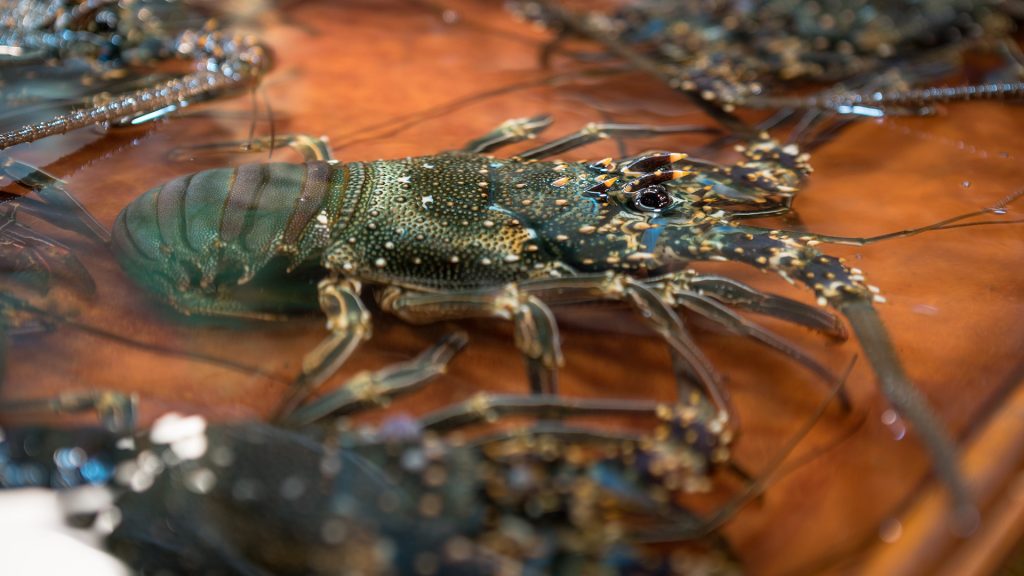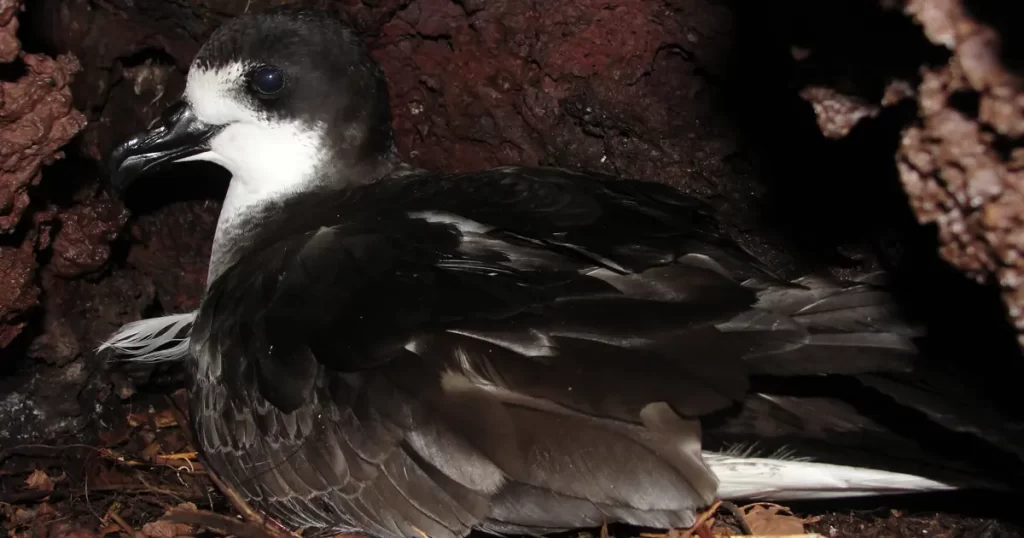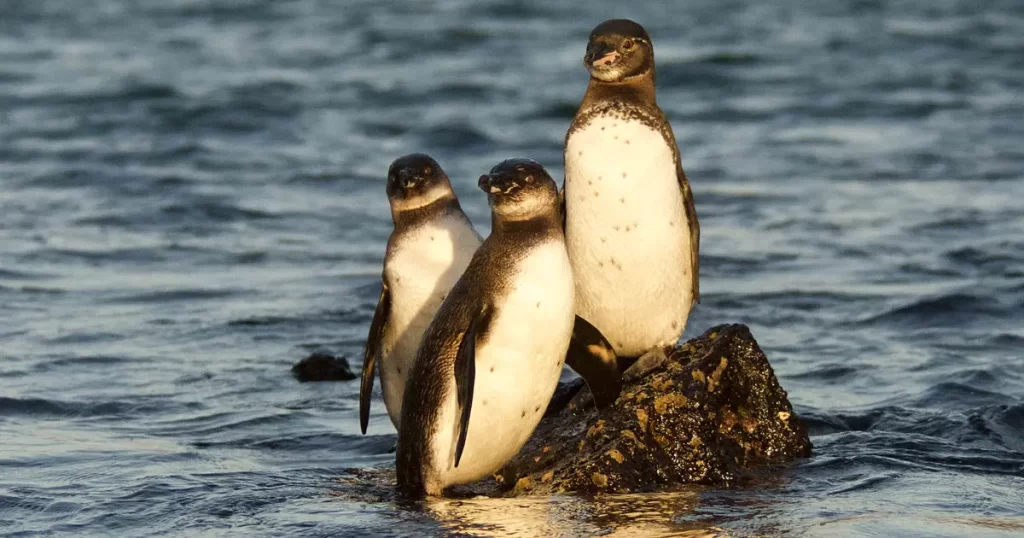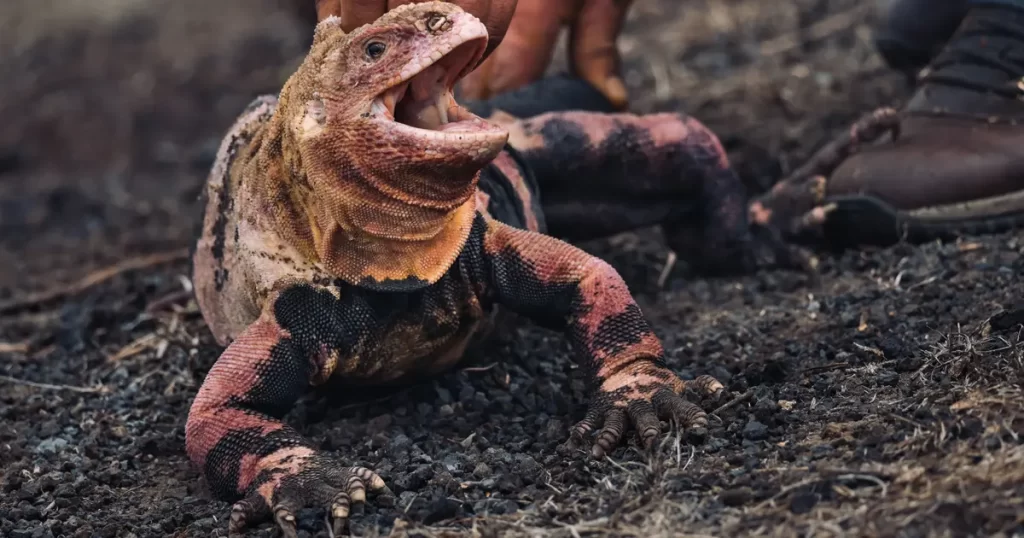The Galápagos Lobster: A Gem of the Archipelago and Vital Signal of Marine Health
- September 15, 2023
- 2:57 pm
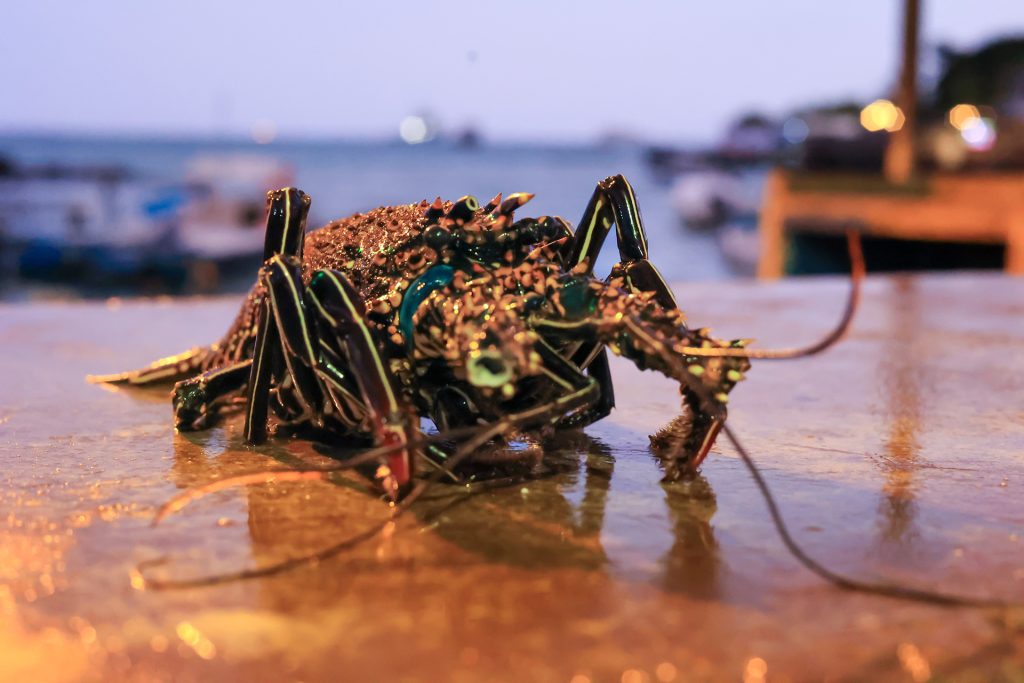
The Galápagos Archipelago, famed for its staggering biodiversity, is home to a crustacean that is not just a gastronomic and commercial gem but also a valuable barometer of changes in the marine ecosystem: the Galápagos lobster. Lobsters play a vital ecological role among the invertebrates of the Galápagos Marine Reserve. They are an integral part of the food web, recyclers of nutrients, and bioindicators of ecosystem health, in addition to their undeniable economic value.
The two primary lobster species found in Galápagos are the red lobster (Panulirus penicillatus) and the green lobster (Panulirus gracilus). Both of these spiny lobsters are clawless, with spiky, thick antennae and two frontal horns on their shells. While both inhabit rocky areas, the red lobster lives in clear shallow waters, and the green lobster prefers the sandy bottoms of mangrove bays.
Since the 1960s, lobster fishing in Galápagos has seen significant growth, at one point becoming the archipelago’s most lucrative marine resource. However, overfishing led to a decline in the lobster population and the urgent need for regulations to ensure their sustainability. These regulations include specific fishing seasons, quotas, and permitted sizes.
This year, following population monitoring and dialogues between technicians from the Galápagos National Park Directorate and representatives from the fishing sector, the spiny lobster season opened on August 28. There will be a hiatus starting October 1 for sea cucumber fishing, and once that concludes, lobster fishing will resume until December 31. Conservation of the Galápagos lobster is critical, not just for its economic significance but also for its essential role in the ecosystem, feeding on marine animal waste and helping to purify the environment.
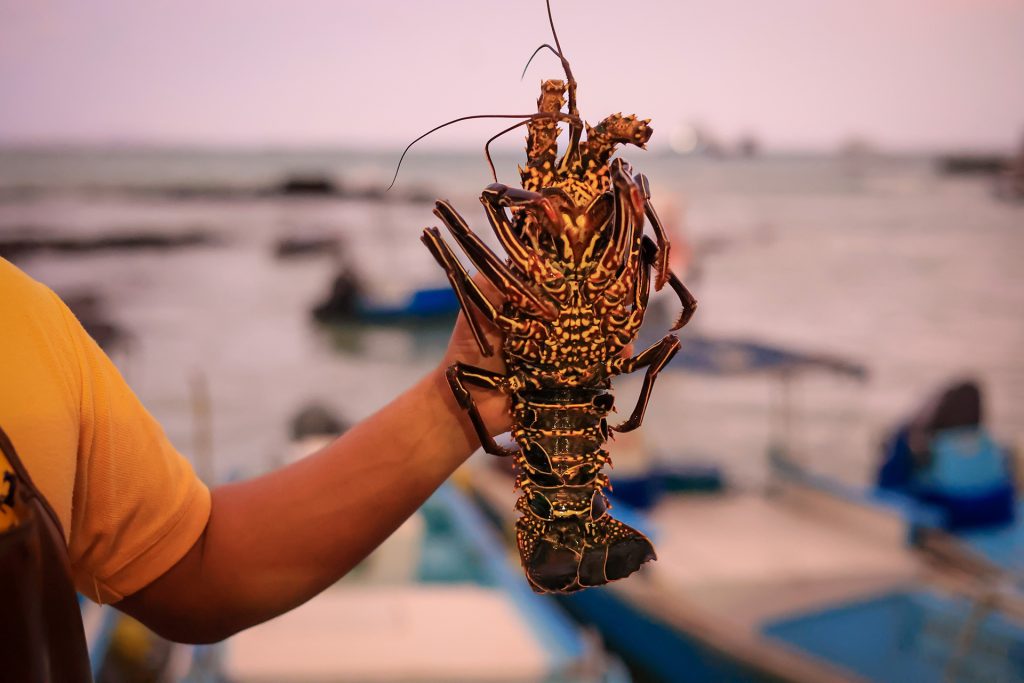
Fishermen from Santa Cruz have taken an active role in lobster conservation efforts, working hand in hand with relevant authorities and organizations to ensure the long-term sustainability of this resource. One of the key strategies they have adopted is selective capture, which allows them to release egg-bearing lobsters or those not meeting the required size.
Our Director of Conservation, Dr. Jorge Carrion, underscored that Galápagos lobsters are more than just a delicacy or economic resource; they are a crucial indicator of marine ecosystem health. “Their conservation doesn’t only safeguard this precious natural heritage but also ensures a prosperous and harmonious future for generations to come in this archipelago,” he stressed.
